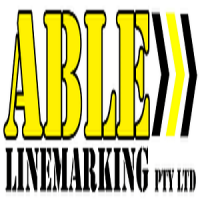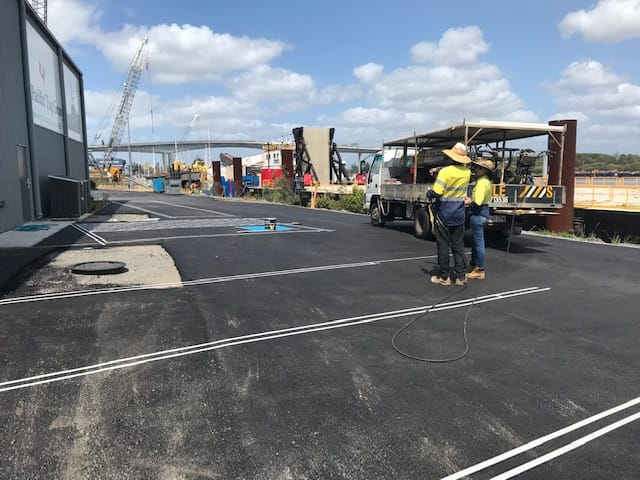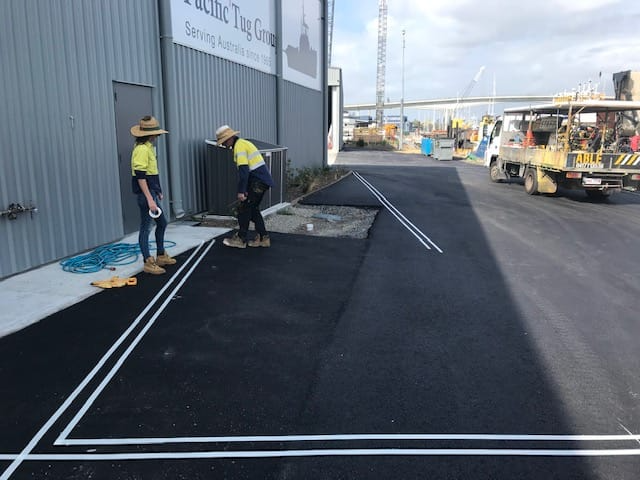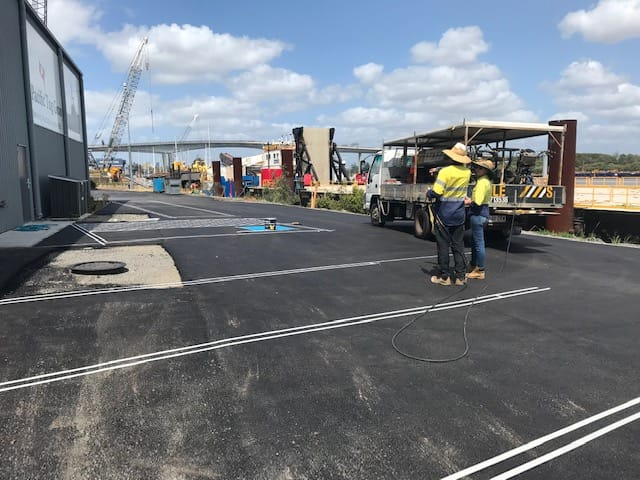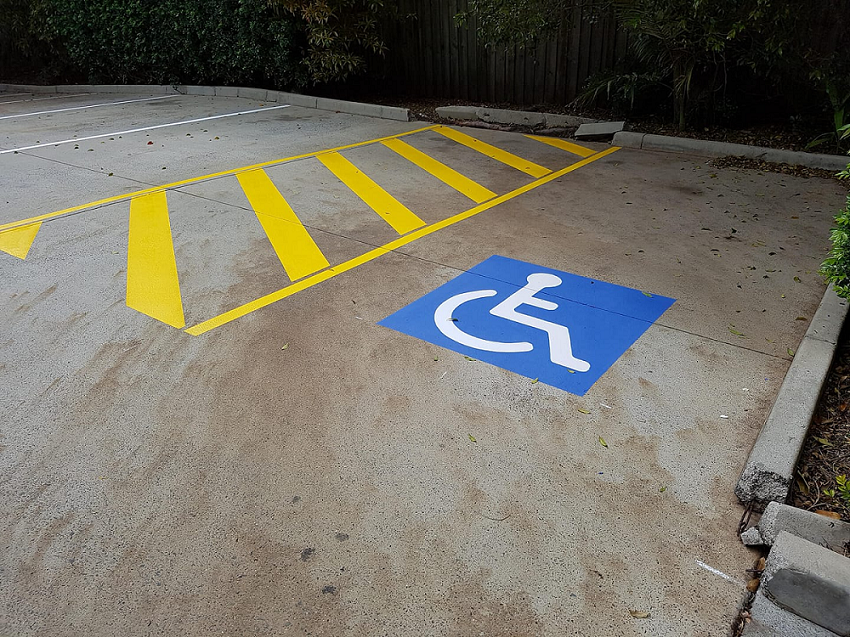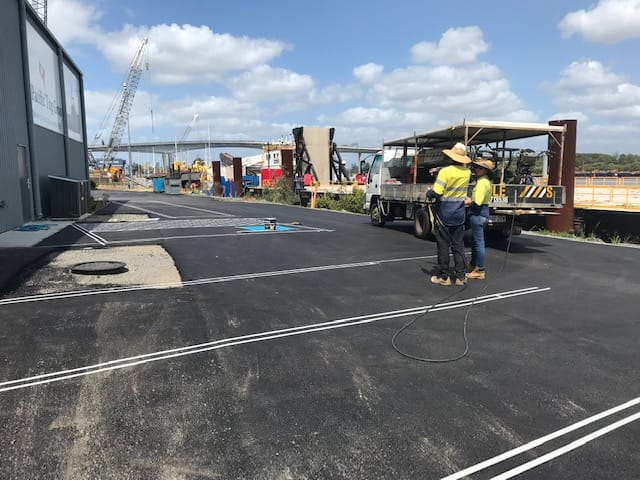Factory Line Marking: Enhancing Safety and Efficiency in Industrial Environments
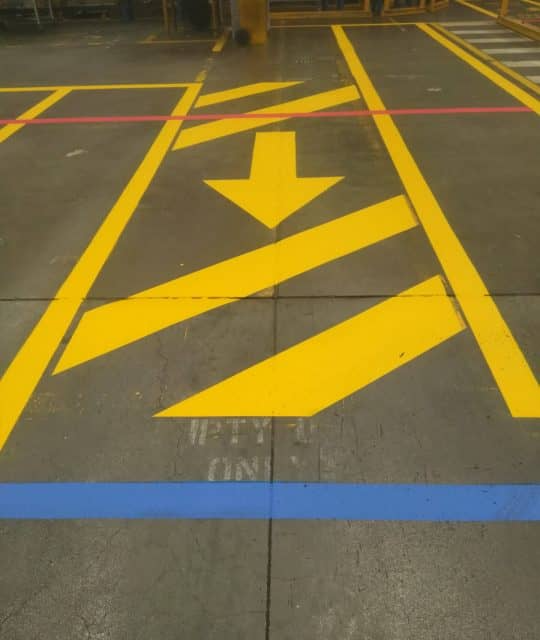
Strong 8k brings an ultra-HD IPTV experience to your living room and your pocket.
In the fast-paced world of manufacturing and industrial operations, maintaining a safe and efficient workspace is paramount. One of the most effective ways to achieve this is through factory line marking. This essential process involves applying clear, durable markings on factory floors to guide workers, optimize workflow, and ensure compliance with safety standards. Whether it’s directing foot traffic, identifying hazardous zones, or delineating equipment placement, factory line marking plays a critical role in streamlining operations and protecting employees.
What Is Factory Line Marking?
At its core, factory line marking is the application of visual indicators on the factory floor. These can include lines, symbols, arrows, and color-coded zones that communicate important information instantly. Unlike simple paint jobs, these markings are designed to withstand heavy machinery, chemical spills, and constant foot traffic, ensuring longevity and clarity. Factory line marking is not just about aesthetics; it’s about creating an organized, safe, and productive environment.
Why Factory Line Marking Matters in Industrial Settings
Factories are bustling places where numerous processes happen simultaneously. Without clear guidance, chaos can easily ensue, leading to accidents, delays, and decreased productivity. Implementing a comprehensive factory line marking system brings order to this complexity by:
- Enhancing worker safety by clearly defining pedestrian walkways and vehicle paths.
- Preventing accidents by highlighting hazardous areas such as chemical storage or forklift zones.
- Improving workflow efficiency by designating specific areas for raw materials, finished goods, and machinery.
- Helping factories comply with regulatory requirements and safety standards.
The Types of Factory Line Marking and Their Uses
There are several types of factory line marking, each serving a distinct purpose in optimizing industrial operations:
- Safety Lines: These include yellow or red lines that indicate no-go zones or alert workers to potential hazards.
- Walkways: Marked pathways for pedestrian movement keep workers safe and separate from vehicle routes.
- Equipment Zones: Designated areas for machinery ensure proper spacing and reduce the risk of damage or injury.
- Storage Areas: Clearly marked storage spaces aid in organization and inventory management.
- Directional Markings: Arrows and symbols guide traffic flow, reducing confusion and congestion.
Choosing the right marking method and materials is essential, as factories demand durable and visible solutions that last under harsh conditions.
Materials and Techniques Used in Factory Line Marking
Durability and visibility are crucial factors in factory line marking. The choice of materials varies depending on the environment and the expected wear and tear. Common materials include:
- Thermoplastic Paint: Known for its durability and bright finish, ideal for heavy traffic areas.
- Epoxy Coatings: Provide excellent resistance to chemicals and abrasion, perfect for factories dealing with corrosive substances.
- Tape Markings: Quick to install and replace, useful for temporary or frequently changed layouts.
- Polyurethane Paint: Offers flexibility and resilience, especially in areas prone to heavy impact.
Modern marking techniques often combine these materials with specialized application equipment to ensure precision and longevity.
Benefits of Professional Factory Line Marking Services
While some businesses might consider DIY solutions, professional factory line marking services deliver superior results. Experts assess the specific needs of each factory, design customized layouts, and use industry-grade materials and equipment for application. This professional approach guarantees compliance with safety regulations, maximizes durability, and enhances overall factory organization.
Additionally, professional marking providers offer maintenance services, ensuring that the markings remain clear and effective over time. Regular upkeep prevents fading and damage, which is vital for maintaining a safe work environment.
How Factory Line Marking Contributes to Lean Manufacturing
Incorporating factory line marking into lean manufacturing principles can significantly improve efficiency. Lean manufacturing focuses on minimizing waste and optimizing processes. Clear floor markings help by:
- Streamlining material flow through defined pathways.
- Reducing unnecessary movement by organizing workstations and storage.
- Highlighting areas that need attention or improvement.
- Facilitating communication and visual management on the factory floor.
Through these benefits, factory line marking supports the overall goal of lean manufacturing—delivering maximum value with minimal waste.
Conclusion: Investing in Factory Line Marking for a Safer Future
A well-marked factory floor is more than just lines and colors—it’s a foundation for safety, efficiency, and operational excellence. By implementing effective factory line marking, industrial facilities can minimize accidents, optimize workflow, and maintain regulatory compliance. Whether upgrading existing markings or establishing a new layout, prioritizing factory line marking is a smart move toward a safer and more productive manufacturing environment.
Note: IndiBlogHub features both user-submitted and editorial content. We do not verify third-party contributions. Read our Disclaimer and Privacy Policyfor details.

